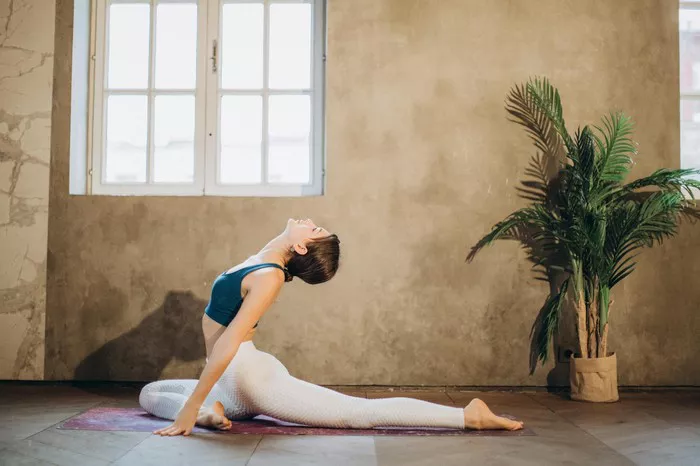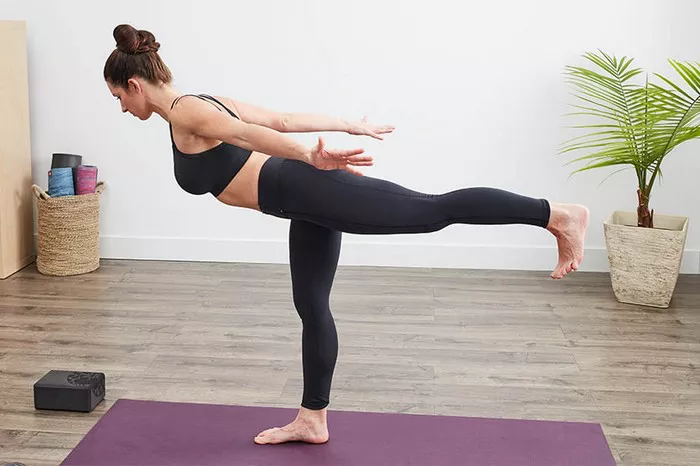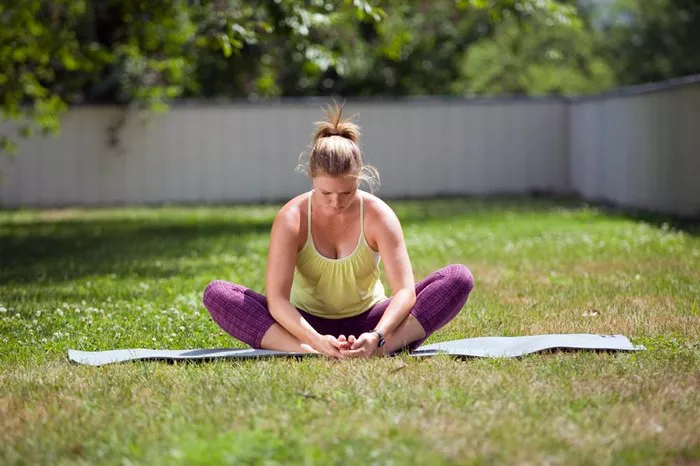In a world where stress, anxiety, and imbalance seem to be ever-increasing, the pursuit of holistic well-being has become paramount. Integral Yoga, a comprehensive system developed by Sri Aurobindo and The Mother, offers a profound path towards harmony and self-realization. Rooted in ancient yogic principles yet adapted to the modern context, Integral Yoga encompasses physical, mental, emotional, and spiritual dimensions. This article delves into the essence of Integral Yoga, its key components, practices, and the transformative impact it can have on individuals and society.
Understanding Integral Yoga
Integral Yoga, also known as Purna Yoga, is not merely a set of physical postures or breathing exercises; rather, it is a holistic approach to life aimed at integrating all aspects of one’s being—physical, vital, mental, emotional, and spiritual. Sri Aurobindo, an Indian philosopher, yogi, and spiritual leader, along with his spiritual collaborator Mirra Alfassa, known as The Mother, developed Integral Yoga in the early 20th century.
At its core, Integral Yoga recognizes the interconnectedness of all existence and seeks to awaken individuals to their highest potential, enabling them to live a life of inner peace, harmony, and fulfillment. It emphasizes the evolution of consciousness, guiding practitioners towards self-discovery, self-mastery, and ultimately, self-transcendence.
The Four Aims of Integral Yoga
Integral Yoga is guided by four primary aims, which serve as the foundation for its practices and principles:
1. Perfection of the Individual: Integral Yoga views each individual as a unique expression of the divine and seeks to facilitate their holistic development—physically, mentally, emotionally, and spiritually. Through dedicated practice, individuals strive to overcome limitations, develop their strengths, and unfold their latent potential.
2. Harmony of Body, Mind, and Soul: Integral Yoga recognizes the intimate connection between the body, mind, and soul. It offers practices to cultivate physical health, mental clarity, emotional balance, and spiritual awakening, fostering a harmonious integration of all aspects of being.
3. Transformation of Nature: Integral Yoga acknowledges the human personality as a dynamic interplay of various forces and tendencies—both constructive and destructive. Through disciplined sadhana (spiritual practice), individuals endeavor to purify and refine their nature, transcending ego-driven desires and impulses, and aligning with higher spiritual principles.
4. Manifestation of the Divine: Integral Yoga holds that every aspect of existence—material, vital, mental, and spiritual—is a manifestation of the divine consciousness. Through inner alignment and surrender, practitioners seek to realize this divine presence within themselves and express it in their thoughts, actions, and relationships.
Key Practices of Integral Yoga
Integral Yoga incorporates a diverse range of practices tailored to address the multifaceted dimensions of human experience. While the specific techniques may vary, depending on individual temperament and readiness, the following are some foundational practices commonly employed:
1. Asana (Physical Postures): Integral Yoga recognizes the importance of maintaining physical health and vitality as a foundation for spiritual growth. Asana practice involves a series of gentle yet powerful postures designed to promote flexibility, strength, and relaxation, while also harmonizing the flow of vital energy (prana) throughout the body.
2. Pranayama (Breath Control): Conscious regulation of the breath is integral to Integral Yoga, as it serves to calm the mind, purify the nervous system, and facilitate the flow of prana. Pranayama techniques range from simple breath awareness to more advanced practices such as alternate nostril breathing and rhythmic breathing patterns.
3. Meditation: Meditation lies at the heart of Integral Yoga, providing a direct means of transcending the limitations of the egoic mind and accessing higher states of consciousness. Practitioners may engage in various meditation techniques, including concentration practices, mindfulness meditation, mantra repetition, and self-inquiry, to cultivate inner peace, clarity, and insight.
4. Self-Reflection and Inner Work: Integral Yoga emphasizes the importance of self-awareness and self-inquiry as catalysts for personal growth and transformation. Through journaling, introspection, and dialogue with spiritual mentors or peers, practitioners explore their beliefs, values, and subconscious patterns, gradually uncovering deeper layers of their being.
5. Service and Karma Yoga: Integral Yoga emphasizes the principle of selfless service (karma yoga) as a means of transcending egoic attachments and expanding one’s sense of identity beyond individual concerns. By engaging in acts of compassion, generosity, and altruism, practitioners cultivate a spirit of unity, empathy, and interconnectedness with all beings.
6. Study of Sacred Texts: Integral Yoga encourages the study of spiritual texts and scriptures from various traditions, including the Vedas, Upanishads, Bhagavad Gita, Bible, Quran, and teachings of mystics and sages. Such study serves to inspire, guide, and deepen practitioners’ understanding of universal truths and spiritual principles.
The Transformative Impact of Integral Yoga
Integral Yoga offers profound benefits at individual, interpersonal, and societal levels, fostering holistic well-being, harmony, and collective evolution:
1. Physical and Mental Health: Regular practice of Integral Yoga promotes physical vitality, mental clarity, and emotional stability, reducing stress, anxiety, and depression. As individuals develop greater self-awareness and self-regulation, they experience improved overall health and resilience.
2. Emotional Balance and Resilience: Integral Yoga equips practitioners with tools to navigate the ups and downs of life with equanimity and grace. By cultivating inner peace, acceptance, and compassion, individuals develop greater emotional intelligence and resilience, fostering healthier relationships and social dynamics.
3. Spiritual Awakening and Self-Realization: Integral Yoga provides a transformative path towards spiritual awakening and self-realization, enabling individuals to transcend egoic identification and experience their true nature as divine beings. Through inner exploration and surrender, practitioners attain states of profound peace, bliss, and unity consciousness.
4. Social Transformation and Global Harmony: Integral Yoga envisions a world where individuals live in harmony with themselves, each other, and the planet. By embodying principles of love, unity, and service, practitioners contribute to the collective awakening of humanity, fostering greater empathy, compassion, and cooperation across diverse cultures and societies.
Conclusion
In conclusion, Integral Yoga offers a comprehensive framework for holistic well-being and spiritual evolution, addressing the diverse needs and aspirations of individuals in the modern world. By integrating physical, mental, emotional, and spiritual dimensions, and guiding practitioners towards self-discovery, self-mastery, and self-transcendence, Integral Yoga serves as a beacon of light and hope in a world seeking greater meaning, purpose, and fulfillment.
FAQs:
What is the difference between yoga and Integral Yoga?
Traditional yoga typically focuses on specific aspects such as physical postures (asana), breath control (pranayama), or meditation, whereas Integral Yoga encompasses a holistic approach integrating physical, mental, emotional, and spiritual dimensions.
What are the three steps of Integral Yoga?
Integral Yoga progresses through three main stages: self-awareness and self-mastery, transformation of one’s nature, and realization of one’s divine essence. These steps involve practices such as self-reflection, self-inquiry, meditation, and service to others.
What is the role of silence in Integral Yoga?
Silence plays a crucial role in Integral Yoga as it allows practitioners to quiet the mind, deepen self-awareness, and connect with their innermost being. In the stillness of silence, individuals can transcend egoic chatter, access higher states of consciousness, and experience profound inner peace and clarity.
















